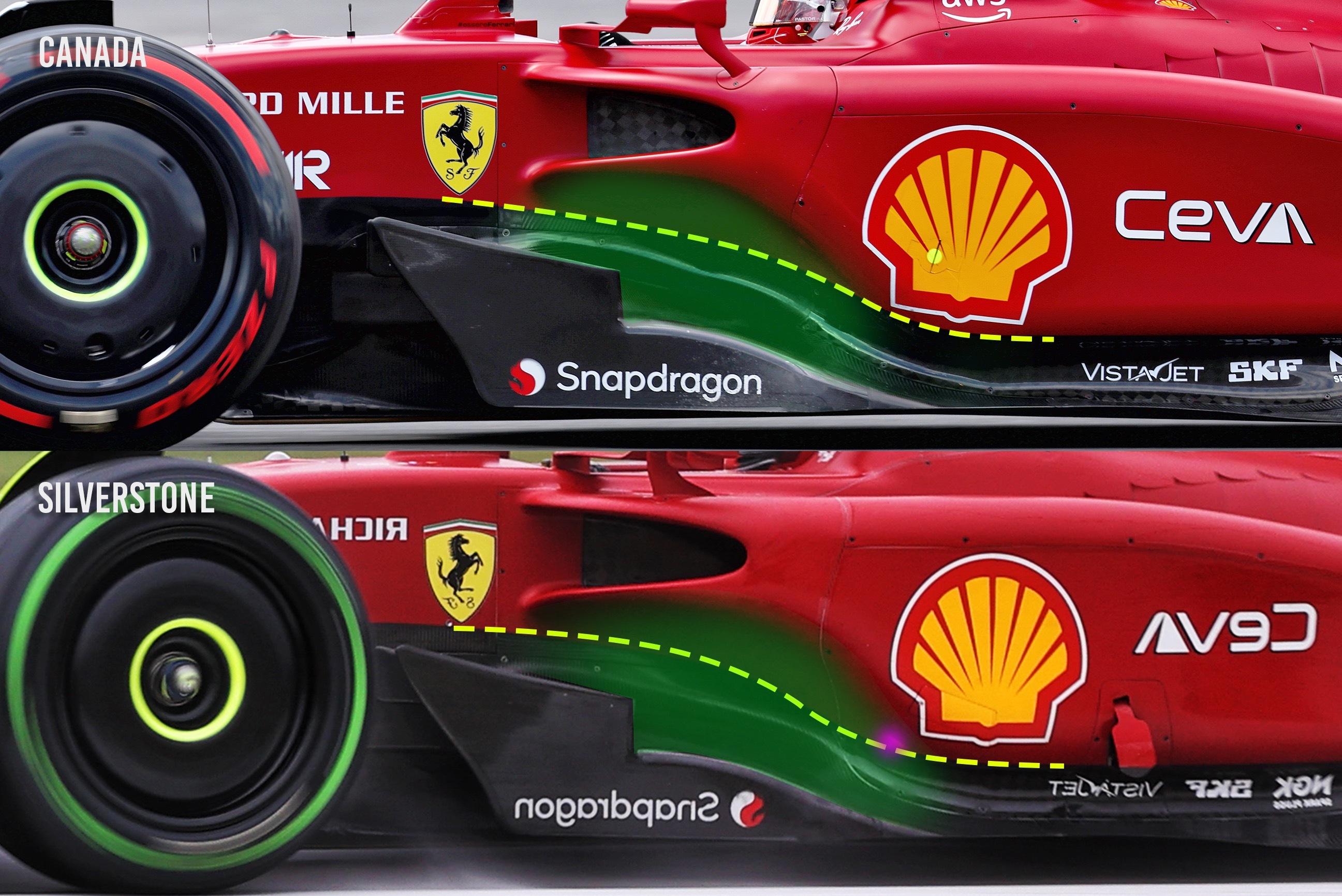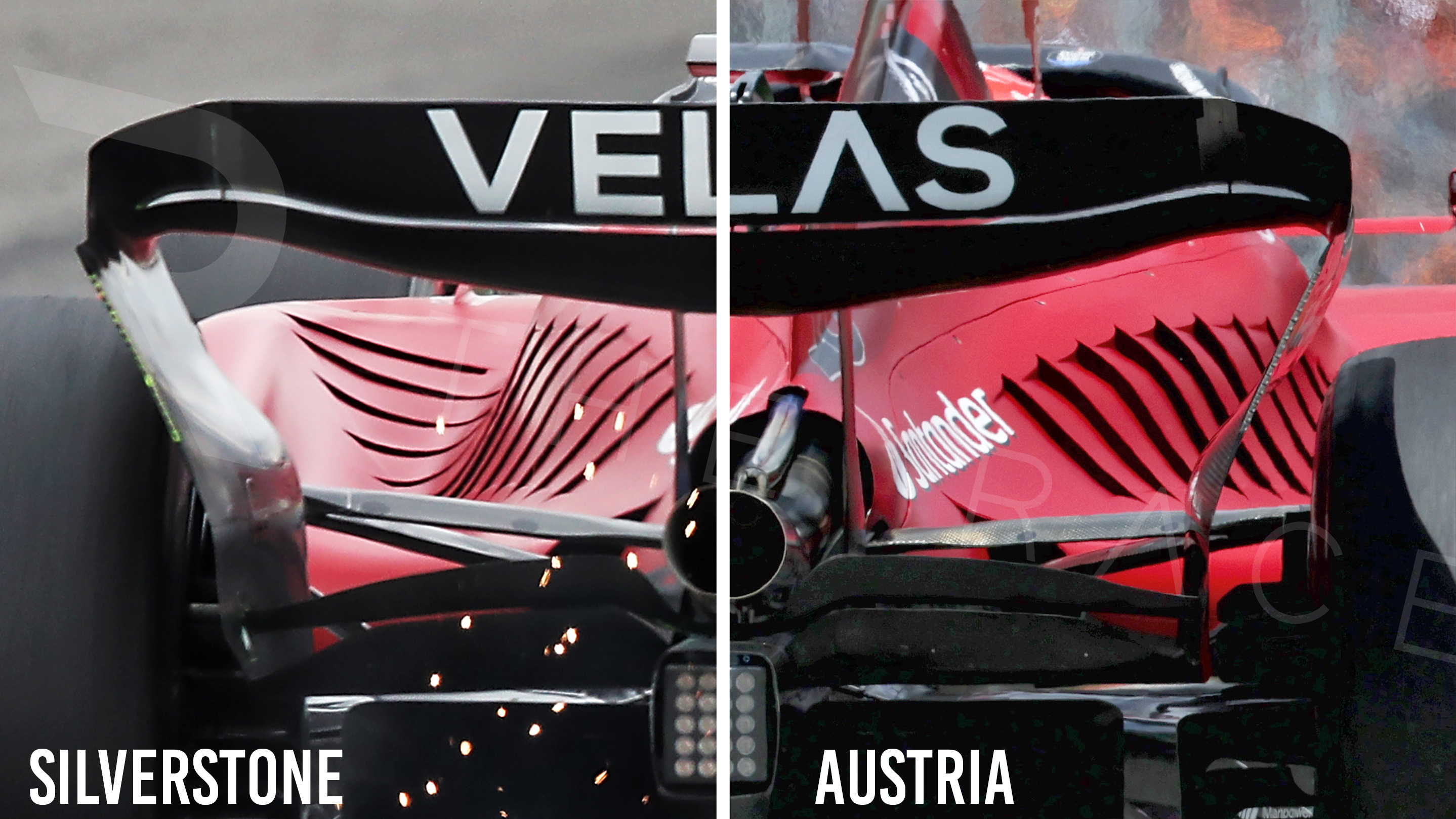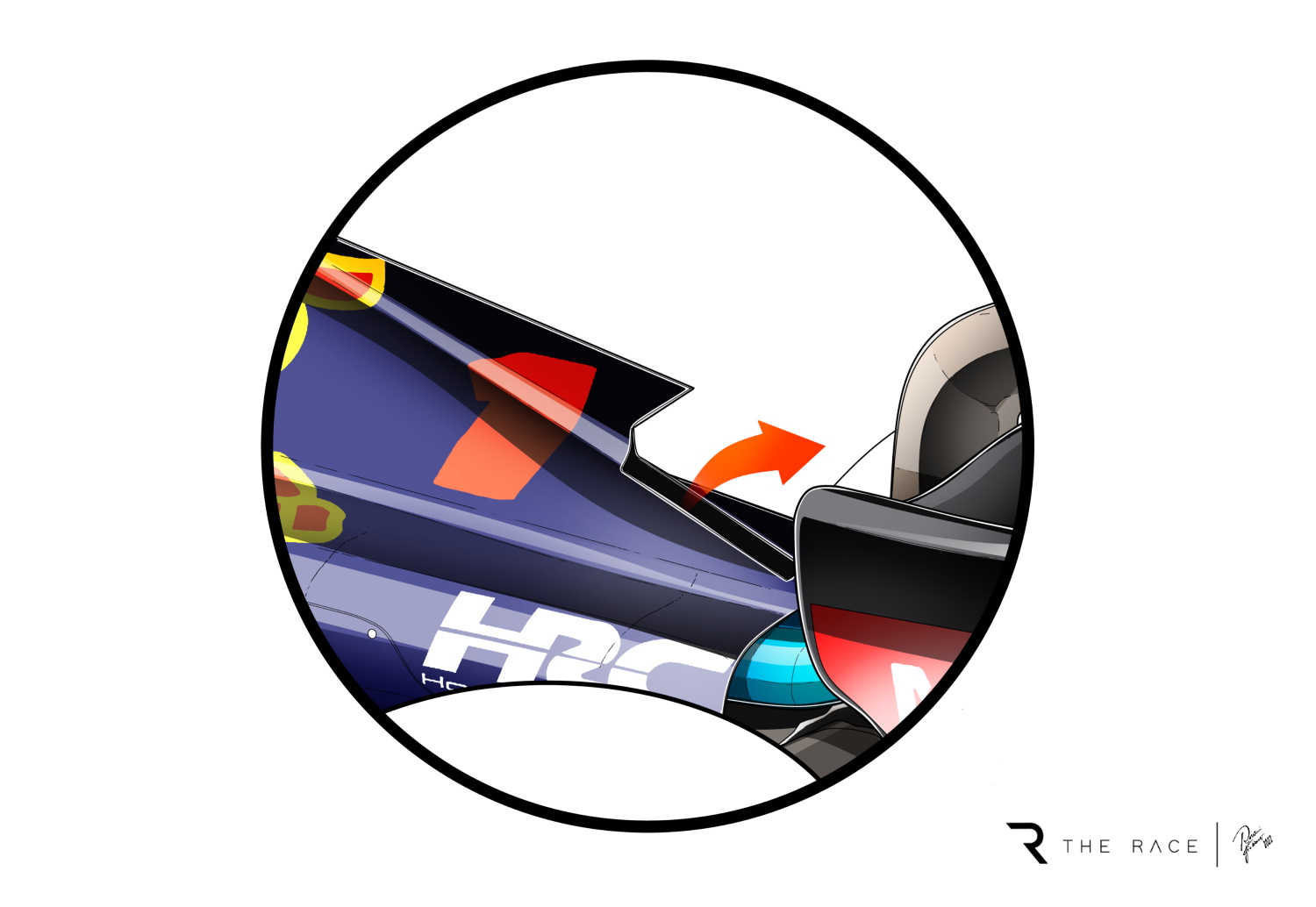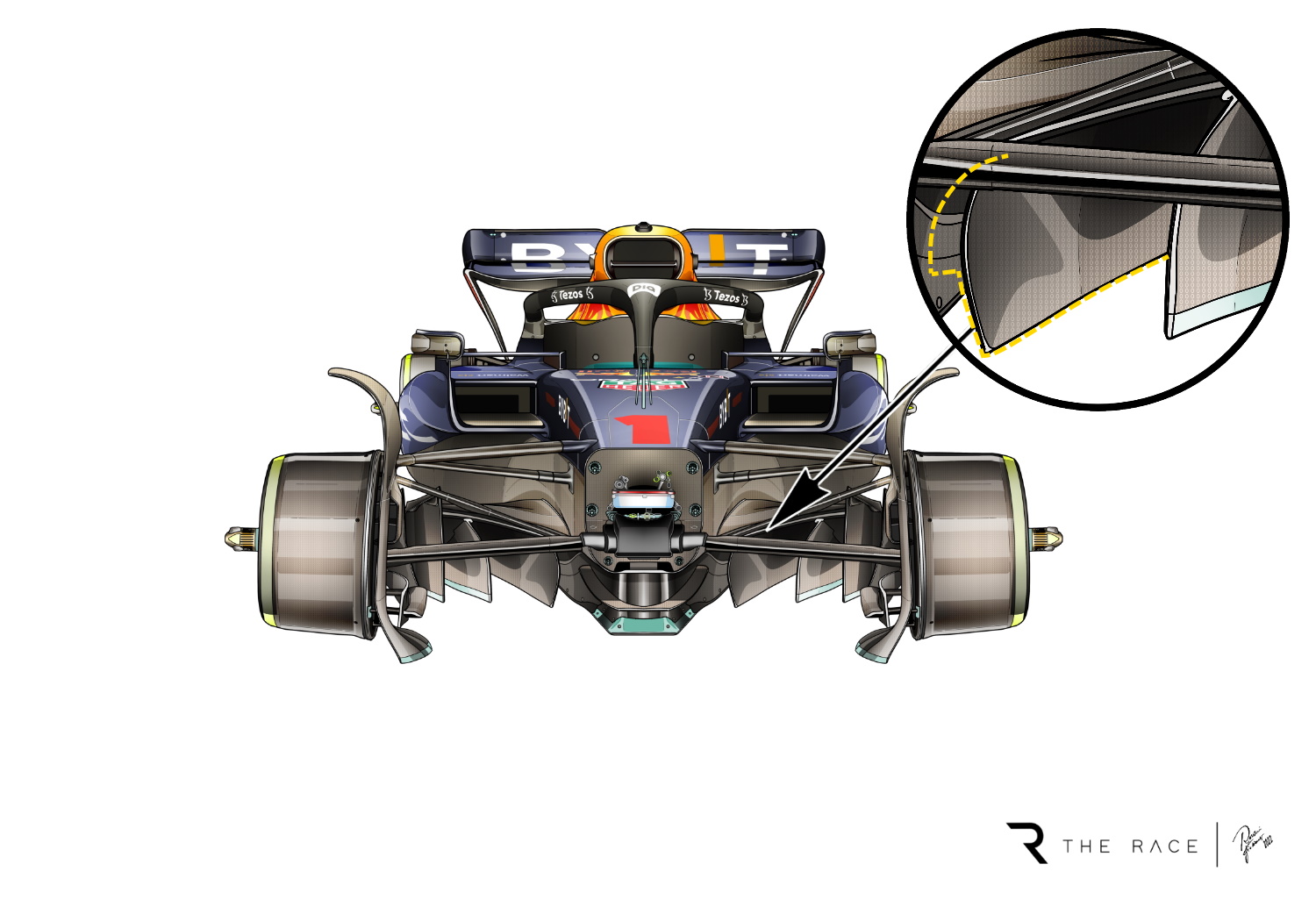Up Next

Ferrari heads into this weekend’s French Grand Prix buoyed by an Austria race that was the first in some time where it appeared to actually have a quicker Formula 1 car than Red Bull, with both Charles Leclerc and Carlos Sainz having significantly better race pace than Max Verstappen.
Red Bull’s race at its home circuit was its worst of the 2022 season in terms of overall performance, primarily thanks to poor tyre management compared to the Ferrari F1-75.
So Ferrari, which had ended a run of six races without a win the previous weekend at Silverstone, made it two consecutive wins at the Red Bull Ring.
The Austrian venue was expected to be much more favourable to the Red Bull due to the prevalence of straights, especially in the first sector.
However, Ferrari has again shown that the straightline speed disadvantage that existed at the beginning of the year compared to Red Bull has been practically cancelled out.
Since the Spanish GP, Ferrari has improved its straightline speed thanks to the new design concept of rear wings with a DRS that has less drag when open.
Leclerc managed to overtake Verstappen three times in Austria, and the champion was never able to fight back against the Ferrari despite having DRS. This is indicative of how much the Ferrari F1-75 has improved in this area.
The development paths taken by Ferrari and Red Bull remain very different, in some ways even opposite. But Ferrari has largely stuck with its concept and has only brought in some small changes to reduce drag with updates.
In addition to the rear wing introduced in Canada and later used in both Silverstone and Austria, Ferrari has tried to reduce drag by slightly increasing the undercut in the underside of the sidepods in a package introduced at Silverstone.

What Ferrari lacks is only the reliability of the power unit. Austria was a very demanding grand prix for engine cooling due to the less dense air at altitude. We don’t know exactly what happened to Sainz’s V6, but Ferrari team principal Mattia Binotto suggested it was likely similar to the failure Leclerc suffered in Baku.
It is almost certain that Sainz will have to take a penalty at this weekend’s French Grand Prix for using a fourth power unit. But Binotto has so far been vague on this, even though it’s clear Ferrari has problems in this area.
In Austria, Ferrari again used the more closed engine cover introduced at Silverstone to reduce drag. This certainly detracted from heat dissipation given it has such a small opening around the exhaust. The cooling openings on the sides of the F1-75 in Austria had been widened in order to avoid overheating.

Ferrari recognises it will be difficult to finish the season without having to take two more new power units for Leclerc and Sainz. Red Bull still has some problems on this front, but less serious and worrying than those of Ferrari.
For Austria, Red Bull had instead eliminated the terminal part of the fin of the engine cover, creating a slot to drain the heat coming from the heat exchanger located in the upper part of the Honda power unit.

Red Bull also continues to introduce upgrades at each GP and is changing its aerodynamic concept compared to the beginning of the year.
The performance of the RB18 in Austria was largely affected by tyre degradation, with Verstappen complaining of constant changes in the balance of his car, initially understeering and then becoming more and more oversteery as the rear tyres lost grip.
Towards the end of the sprint race the Ferraris were getting closer to Verstappen. Tyre degradation and the drop in performance was less evident in the Saturday race given the fuel load was more than halved, which meant Verstappen had less tyre degradation compared to the grand prix itself.
After the major updates were made to the RB18 for the British GP, in Austria further technical innovations appeared on the car.
The floor was once again revised in the entrance area of the Venturi tunnels. The innermost fences had been cut to form an inverted L-shaped profile, and are now slightly more forward in the uncut part.

With this new generation of ground-effect F1 cars, the floor is the most important aerodynamic element, capable of generating much of the overall downforce at the expense of very little drag.
Red Bull had already revisited this area with changes introduced in Azerbaijan last month, moving back the entrances to raise the large upper lip in order to increase the airflow. This was at the expense of a slight increase in drag.
Despite the continuous upgrades on the RB18, there’s little change in the relative performance of Red Bull and Ferrari – though Austria was Red Bull’s biggest flop of the season in pace terms. Second place and fastest lap for Verstappen, after Sainz’s retirement, at least limited the damage.
While Red Bull keeps pushing with new parts, Ferrari has made relatively slight adjustments to the concept it started the year with, and they’ve tackled some of its problems.
Paul Ricard this weekend will be a more front-limited track than the Red Bull Ring, so the French GP potentially favours Red Bull over Ferrari, which does much better on tracks where traction counts. But might Ferrari confound expectations again?






